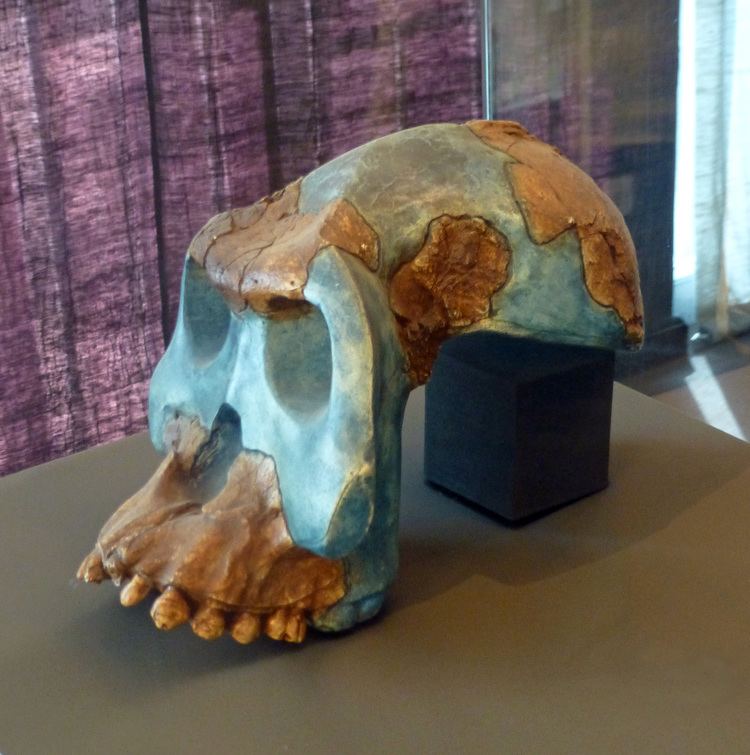Higher classification Southern ape | Scientific name Australopithecus garhi Rank Species | |
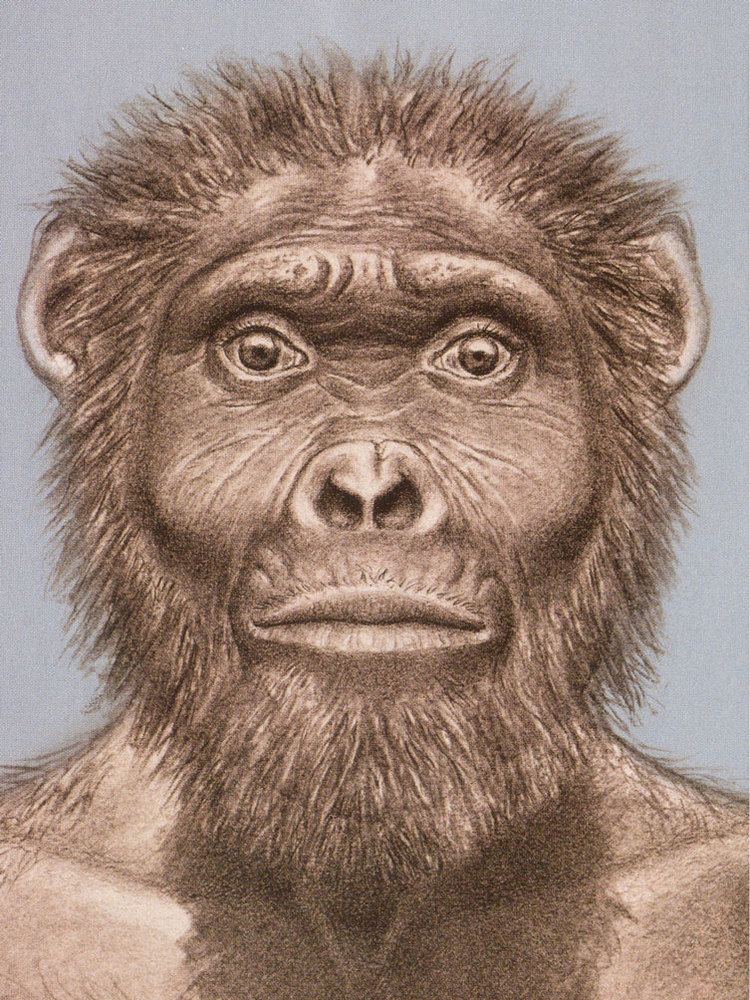 | ||
Similar Australopithecus anamensis, Southern ape, Paranthropus aethiopicus, Australopithecus bahrelghazali, Kenyanthropus platyops | ||
Pl3 hominids australopithecus garhi avi
Australopithecus garhi is a 2.5-million-year-old gracile australopithecine species whose fossils were discovered in 1996 by a research team led by Ethiopian paleontologist Berhane Asfaw and Tim White, an American paleontologist. The hominin remains are believed to be a human ancestor species and possibly the direct ancestor to the human genus, Homo.
Contents
- Pl3 hominids australopithecus garhi avi
- Vdb 3 australopithecus garhi
- Discovery
- Morphology and interpretations
- Earliest stone tools
- References

Vdb 3 australopithecus garhi
Discovery
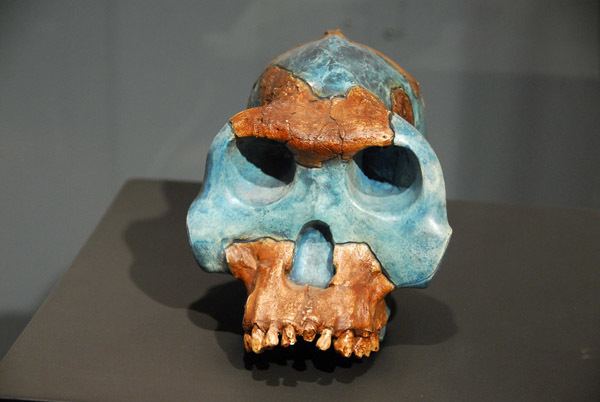
Tim White was the scientist to find the first of the key A. garhi fossils in 1996 in the Bouri Formation, located in the Middle Awash of Ethiopia's Afar Depression. The species was confirmed and established as A. garhi on November 20, 1997 by the Ethiopian paleoanthropologist Yohannes Haile-Selassie. The species epithet "garhi" means "surprise" in the local Afar language.
Morphology and interpretations
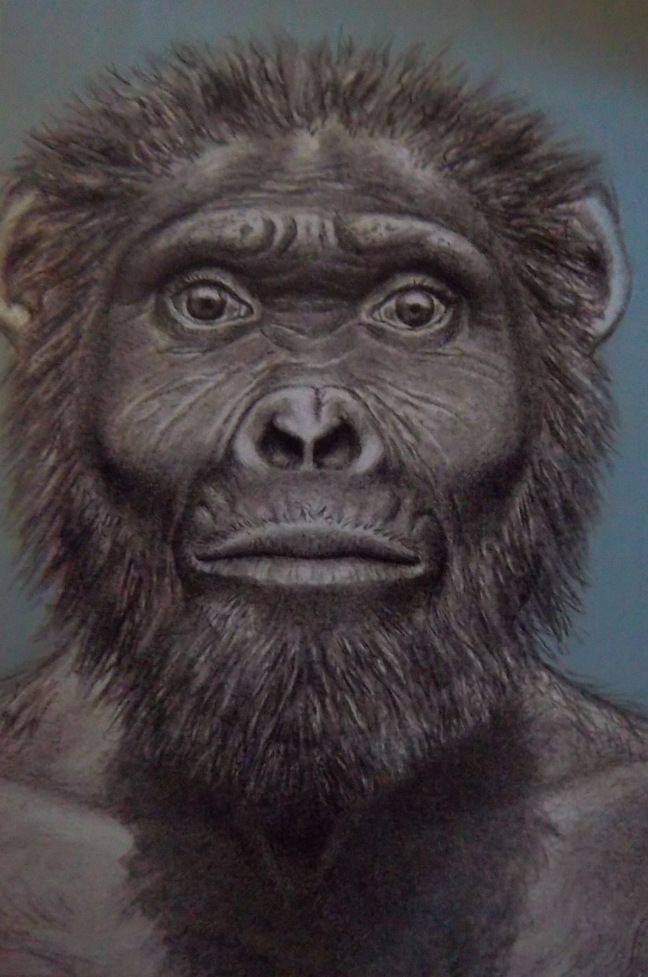
The traits of A. garhi fossils such as BOU-VP-12/130 are somewhat distinctive from traits typically seen in Australopithecus afarensis and Australopithecus africanus. An example of the distinction can be seen when comparing the Hadar maxilla (A. afarensis) to the Bouri specimen of A. garhi. The cranial capacity of A. garhi measures 450cc, the same size as other australopithecines.
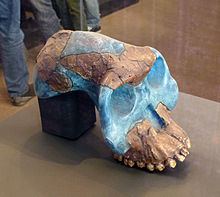
The mandible classified as Asfaw et al. has a morphology generally believed to be compatible with the same species, yet it is possible that another hominin species may have been found within the same deposits. Studies made on the premolars and molar teeth have a few similarities with those of Paranthropus boisei since they are larger than any other gracile form of australopithecine. It has been suggested that if A. garhi is ancestral to Homo (i.e. Homo habilis) the maxillary morphology would have undergone a rapid evolutionary change in roughly 200,000 and 300,000 years.
Earliest stone tools
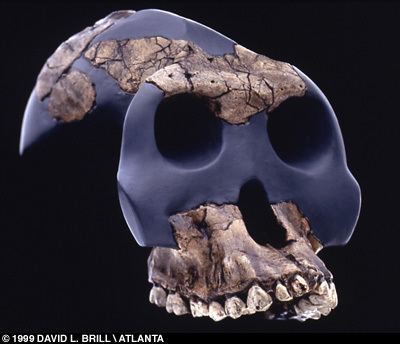
Few primitive shaped stone tool artifacts closely resembling Olduwan technology were discovered with the A. garhi fossils, dating back roughly 2.5 and 2.6 million years. The tools are suggested to be older than those acquired by Homo habilis, which is thought to be a possible direct ancestor of more modern hominins. For a long time anthropologists assumed that only members of early genus Homo had the ability to produce sophisticated tools. However, the crude ancient tools lack several techniques that are generally seen in later forms Olduwan and Acheulean such as strong rock-outcroppings. In another site in Bouri, Ethiopia, roughly 3,000 stone artifacts had been found to be an estimated 2.5 million years old in age.
